Food is more than just nourishment; it’s a vital part of cultural identity. This article explores intriguing insights into how food shapes and is shaped by various cultures worldwide. From traditional practices to contemporary influences, the intricate connection between food and culture unveils surprising and thought-provoking facts.
Fermented Foods in Cultural Heritage
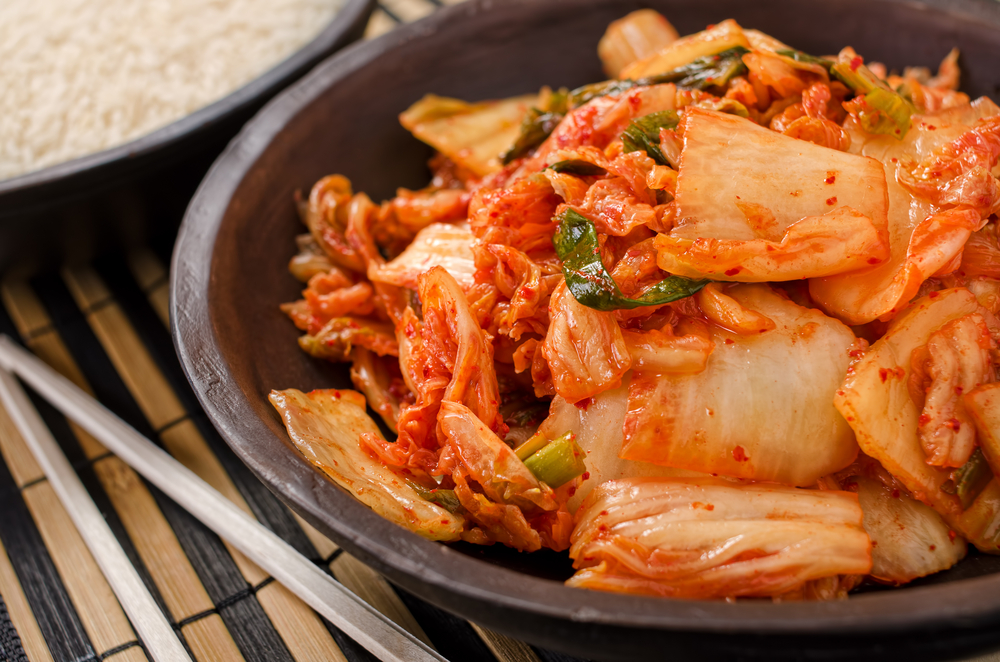
Fermented foods like kimchi in Korea or sauerkraut in Germany not only provide unique flavors but also represent centuries-old preservation techniques that are deeply rooted in cultural heritage. These foods showcase how communities have adapted to environmental conditions and preserved ingredients over time.
Symbolism in Food

Many cultures assign symbolic meanings to certain foods, such as the significance of rice in Asian cultures representing prosperity and fertility, or the use of specific fruits like pomegranates in Middle Eastern cuisines symbolizing abundance and good fortune. These symbolic associations reflect cultural beliefs and traditions surrounding food.
Culinary Fusion
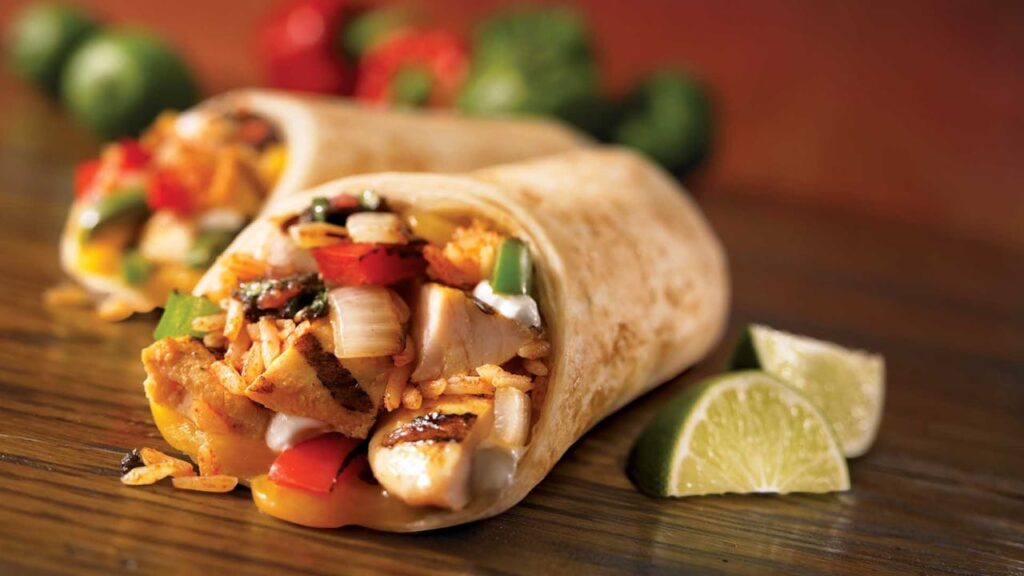
The rise of fusion cuisine, blending elements from different culinary traditions, mirrors the interconnectedness of modern multicultural societies. Dishes like sushi burritos or Korean tacos illustrate how food can bridge cultural divides and create new culinary experiences.
Influence of Colonialism
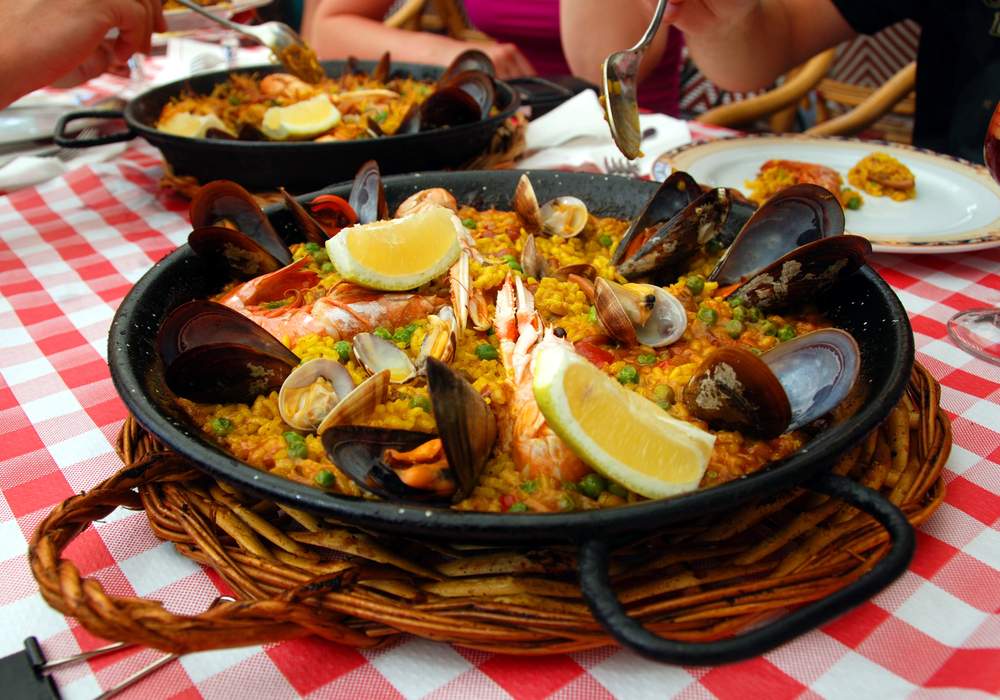
Colonialism has significantly impacted food cultures worldwide, introducing new ingredients and cooking techniques while also leading to the fusion of indigenous and foreign culinary traditions. For example, the fusion of African, European, and Indigenous American cuisines in countries like Brazil showcases the complex legacy of colonial influences.
Food as Social Currency

In many cultures, sharing meals is not just about sustenance but also serves as a form of social bonding and communication. The concept of “commensality,” or the sharing of food, reinforces social ties and fosters a sense of belonging within communities.
Traditional Food Preservation Methods

Before modern refrigeration, cultures developed various methods of food preservation such as drying, smoking, and fermenting, which not only extended the shelf life of perishable foods but also contributed to unique flavor profiles and culinary traditions.
Seasonal Eating Practices

Traditional seasonal eating practices, such as the use of winter root vegetables in colder climates or the celebration of spring harvests in agricultural societies, highlight the connection between food, nature, and cultural rituals.
Food Taboos and Beliefs
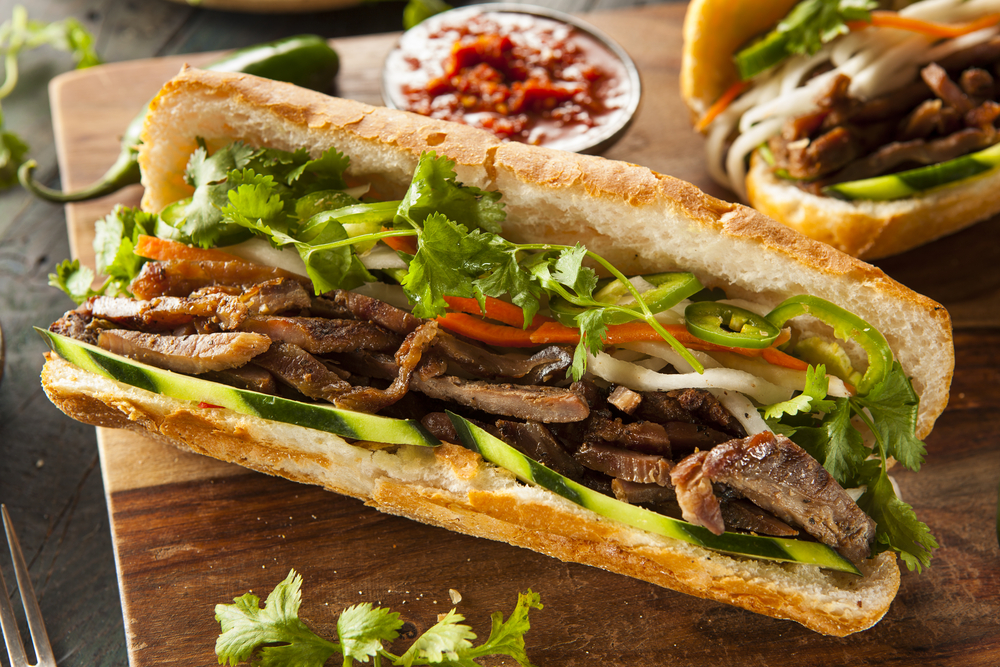
Many cultures have food taboos based on religious, spiritual, or ethical beliefs. For instance, the taboo against eating pork in certain religious traditions or the avoidance of specific foods during religious fasts demonstrates how food choices are intertwined with cultural norms and values.
Regional Variations in Cuisine
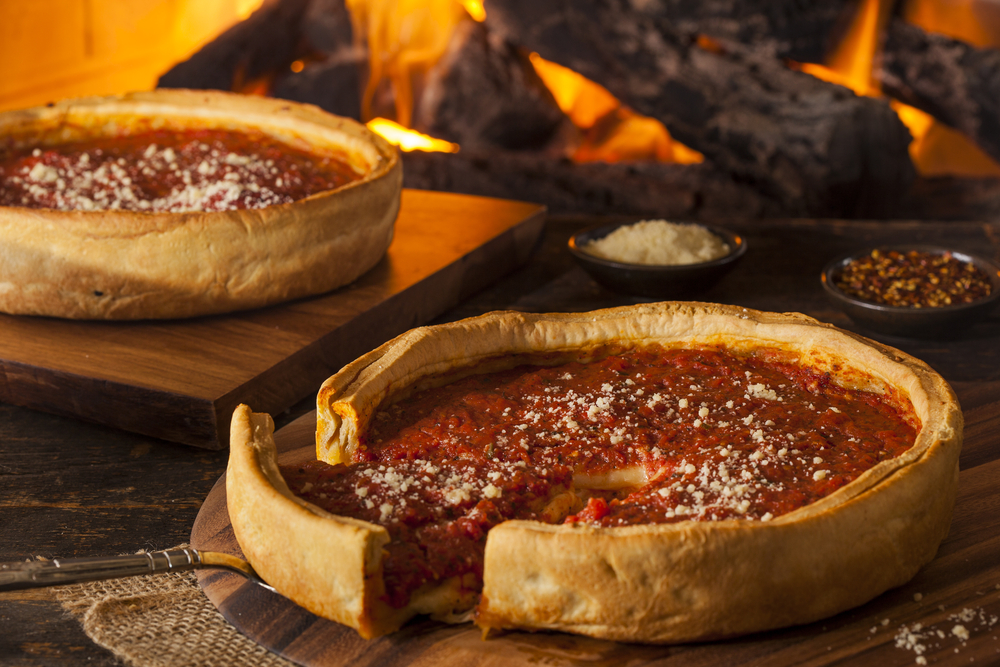
Within a single country or culture, regional variations in cuisine can be significant, influenced by factors such as climate, geography, historical migrations, and local ingredients. These regional culinary differences showcase the diversity and complexity of food cultures.
Food and Identity
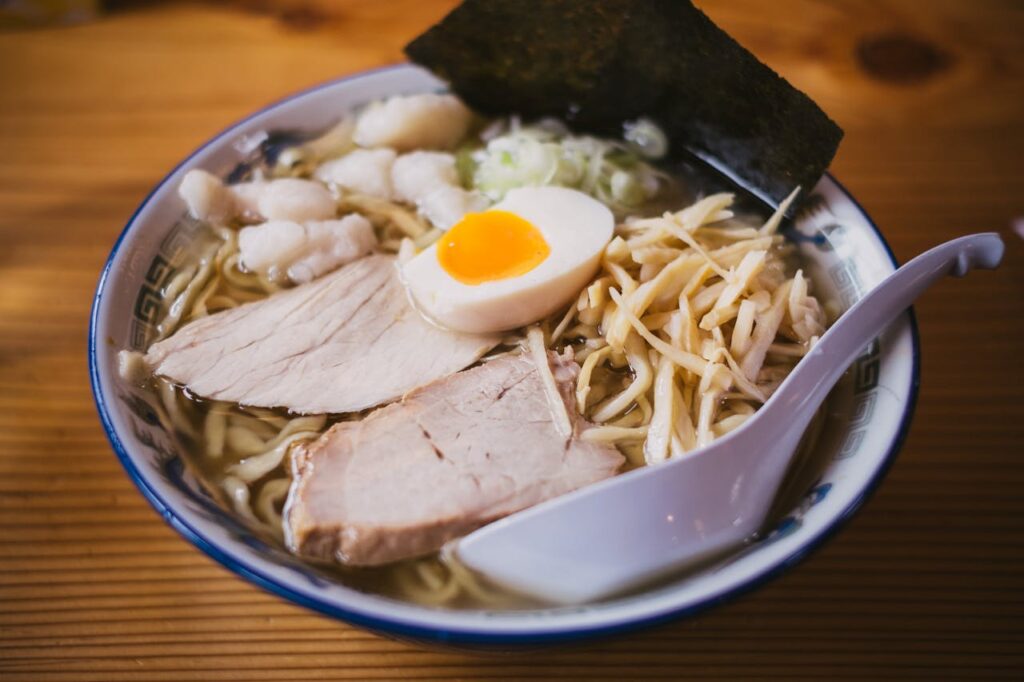
Food plays a crucial role in shaping individual and collective identities, with certain dishes or ingredients becoming emblematic of cultural heritage. For example, the association of pasta with Italian identity or the significance of couscous in North African cuisines.
Food and Gender Roles
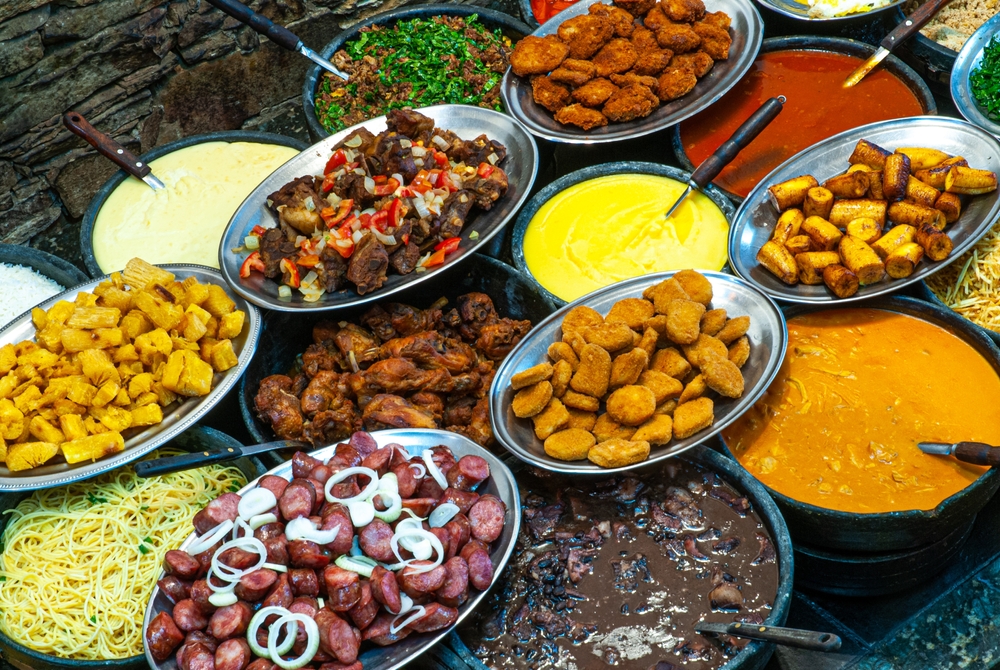
Traditional gender roles often influence food production, preparation, and consumption patterns within cultures. Exploring how these roles intersect with food traditions provides insights into social dynamics and power structures.
Rituals and Ceremonial Foods

Many cultures have specific foods associated with rituals, ceremonies, and celebrations, such as the significance of mooncakes during the Mid-Autumn Festival in Chinese culture or the use of bread and wine in religious ceremonies.
Globalization’s Impact
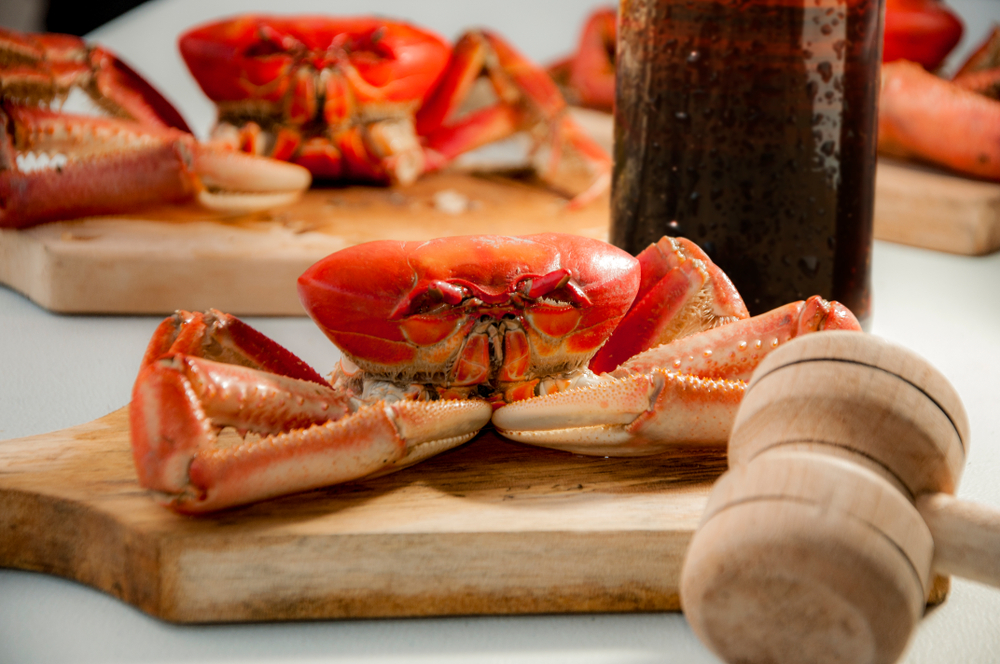
Globalization has led to the spread of food cultures worldwide, with the proliferation of international cuisines, fusion dishes, and culinary trends. This interconnectedness has both enriched culinary diversity and raised questions about cultural appropriation and authenticity.
Street Food Culture
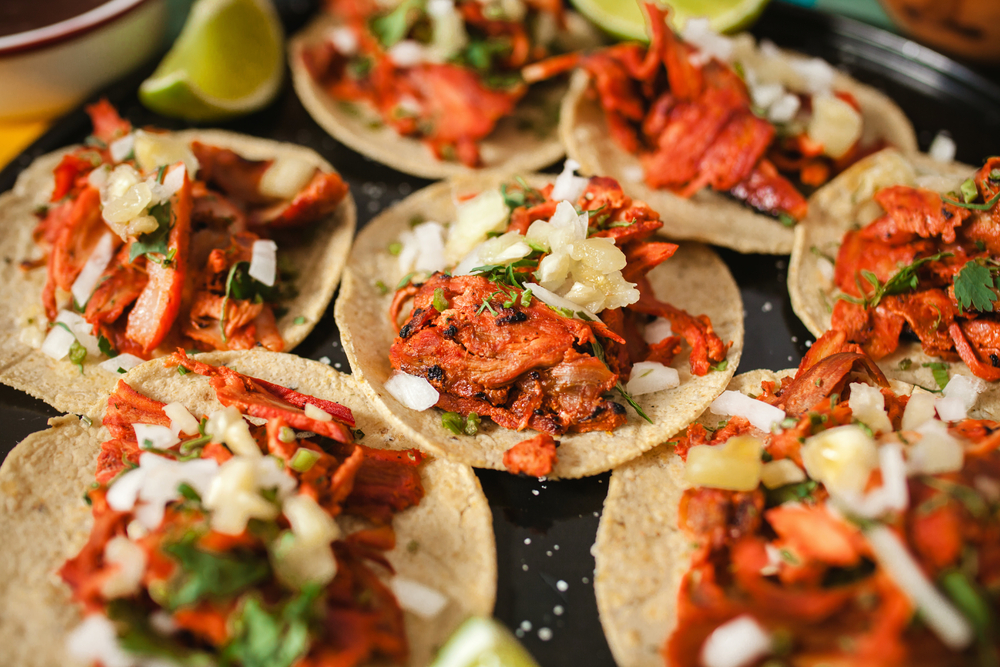
Street food markets are vibrant hubs of culinary exchange, showcasing a wide range of local delicacies and reflecting the everyday eating habits of diverse communities. Exploring street food culture provides insights into urban life and food accessibility.
Historical Influences on Spice Trade

The historical spice trade routes shaped global cuisines by introducing new spices and flavors to different regions. For example, the Silk Road facilitated the exchange of spices, herbs, and culinary techniques across Asia, Europe, and Africa.
Cultural Adaptation of Ingredients

Cultures often adapt ingredients from other regions to suit local tastes and culinary traditions. The adoption of chili peppers in Asian cuisines after their introduction from the Americas is a notable example of how ingredients can become integral to a culture’s culinary identity.
Food as Intangible Cultural Heritage
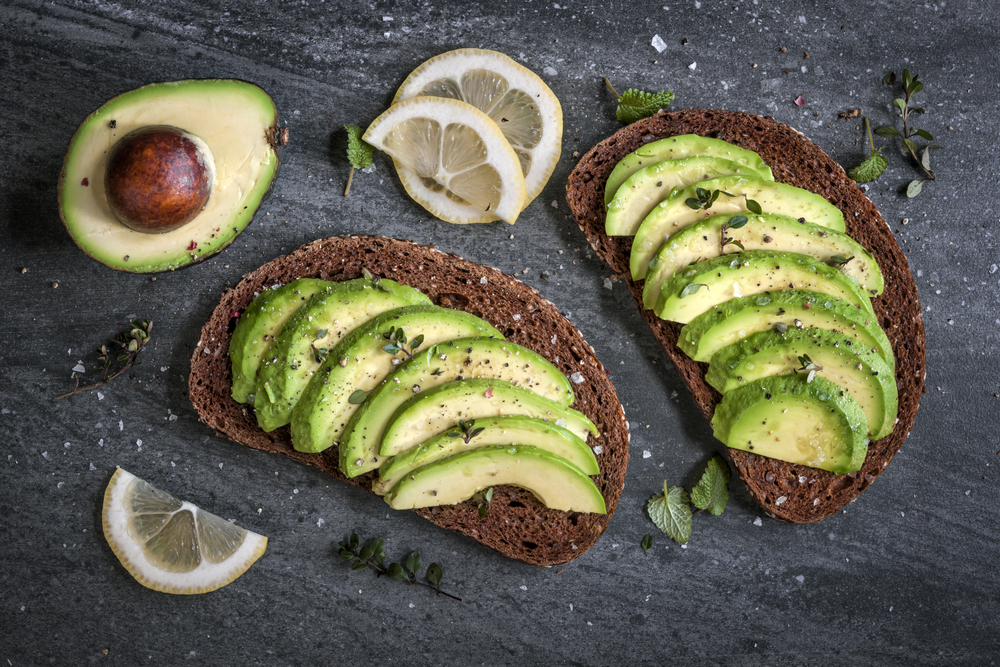
UNESCO recognizes certain food practices, such as the Mediterranean diet or traditional Japanese washoku, as intangible cultural heritage due to their significance in promoting sustainable food systems, healthy eating habits, and cultural diversity.
Impact of Migration on Food

Migration patterns have influenced food cultures by bringing together diverse culinary traditions and creating hybrid cuisines in multicultural societies. The blending of culinary practices among immigrant communities contributes to culinary innovation and cultural exchange.
Historical Influences on Food Names

The etymology of food names often reflects historical connections, trade routes, and cultural exchanges. Exploring the origins of food names can uncover fascinating insights into linguistic diversity and cultural interactions.
Food and Memory
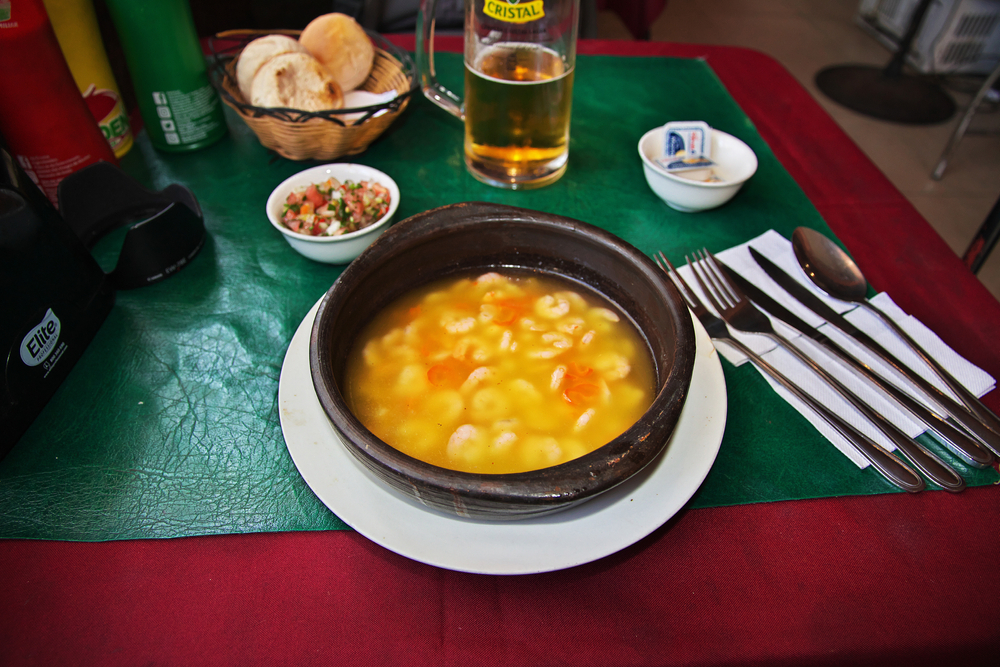
Food is closely tied to personal and collective memories, evoking nostalgia and emotional connections. Certain foods or dishes may carry sentimental value, representing family traditions, childhood experiences, or significant life events.
Environmental Sustainability
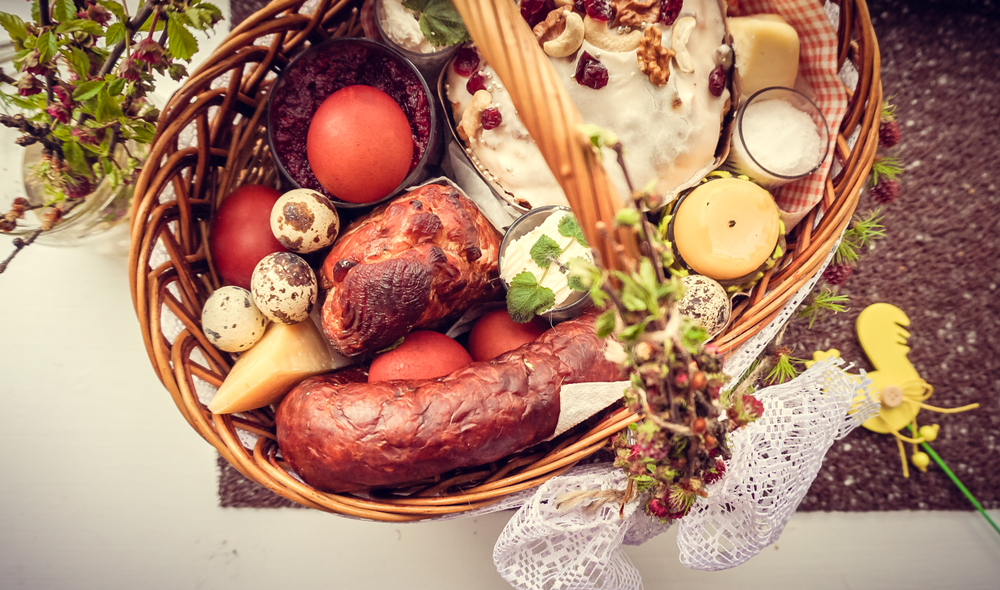
Traditional food systems often prioritize sustainability by using locally sourced ingredients, minimizing waste, and practicing agricultural techniques that promote biodiversity. Examining these practices provides lessons for sustainable food production and consumption.
Food Rituals in Everyday Life

Daily food rituals, such as morning coffee routines or Sunday family dinners, contribute to a sense of routine, comfort, and social bonding. These rituals vary across cultures but serve common purposes in fostering connections and well-being.
Food and Artistic Expression
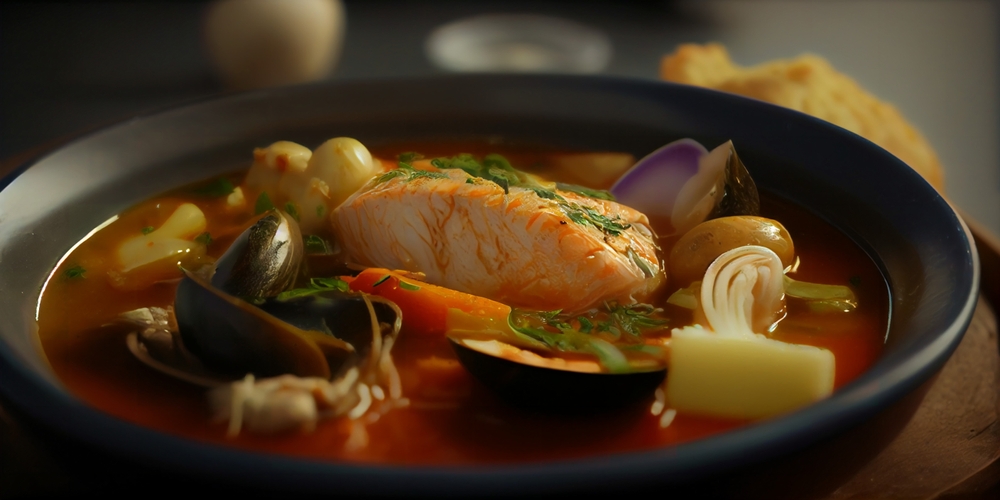
Food is not just nourishment but also a form of artistic expression, as seen in culinary arts, food photography, and gastronomic experiences. Exploring the intersection of food and art reveals creativity, innovation, and cultural aesthetics.
This article originally appeared on UnifyCosmos.
More from UnifyCosmos
20 Photography Gear Recommendations from the Experts

This article explores the top 20 photography gear essentials as recommended by seasoned professionals, encompassing everything from cameras and lenses to vital accessories. Read more!
15 Budget-Friendly Pet Products Approved by Vets

From chew toys that keep teeth clean to cozy beds for restful nights, these trusted picks ensure your pet stays happy and healthy without breaking the bank. Read more!
21 Distinctive Pasta Varieties from Italy`s Lesser-Known Regions

Join us on a culinary journey to discover these hidden gems that showcase the true essence of Italian pasta. Read more!
Leave a Reply